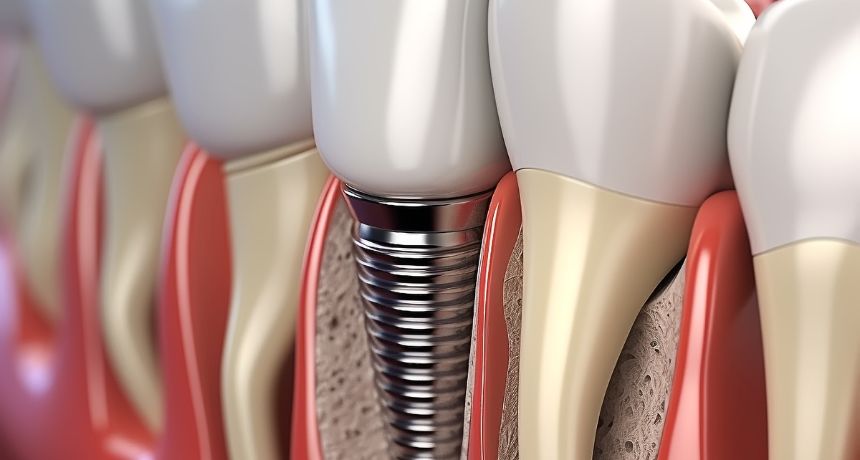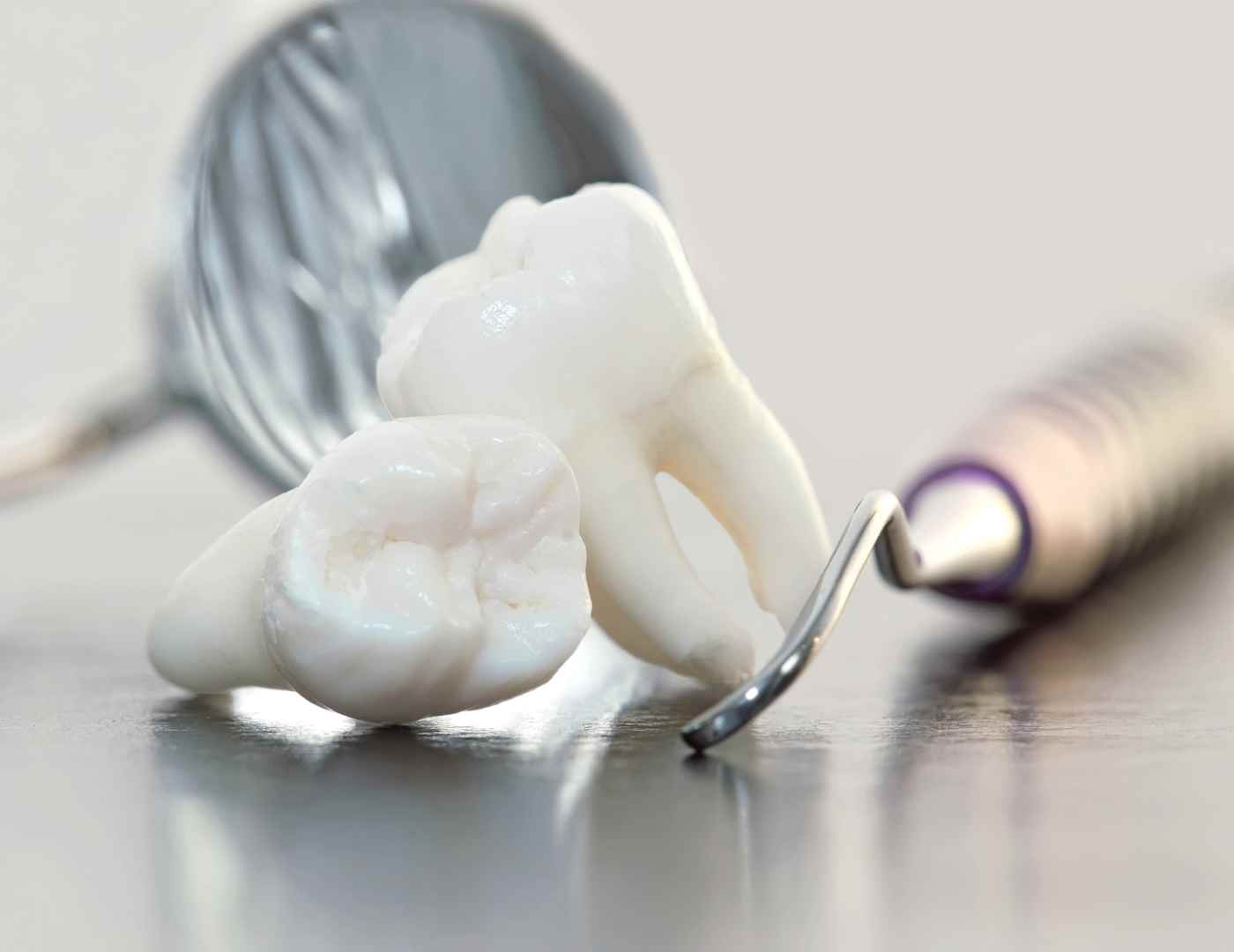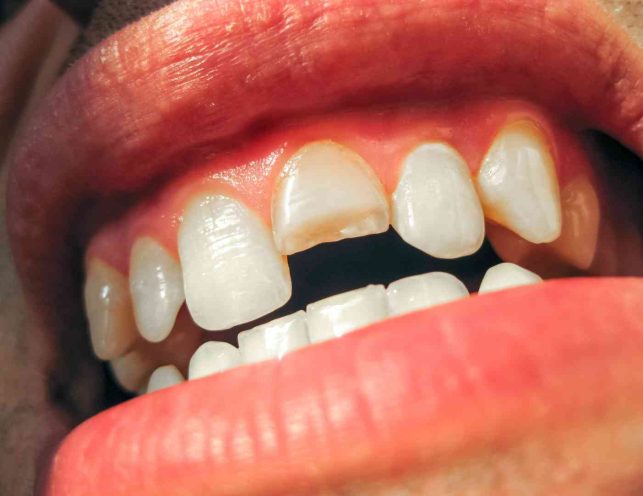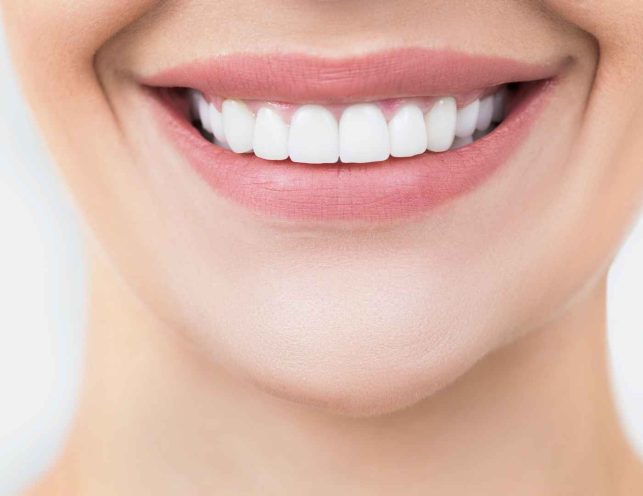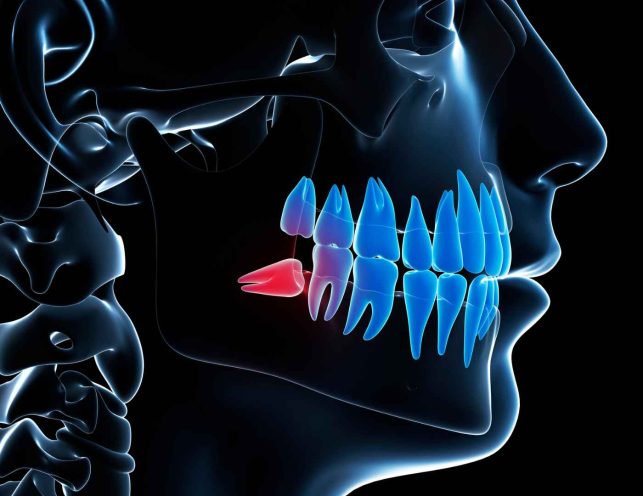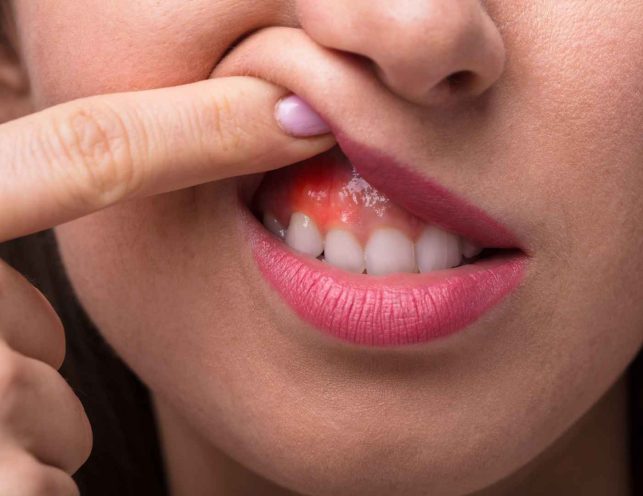Comprehensive Guide to Dental Implant Surgery, Everything You Need to Know
If you’re grappling with the challenges posed by missing or damaged teeth, dental implants surgery might just be the transformative solution you’ve been searching for. This comprehensive guide will walk you through everything you need to know about dental implant surgery, from understanding the procedure to what to expect before, during, and after the surgery. Whether you’re in Vaughan seeking dental implant solutions or simply intrigued by the concept of implant dentistry, this guide is crafted with your needs in mind.
Understanding Dental Implant Surgery
What is Dental Implant Surgery? Dental implant surgery is a revolutionary procedure that replaces tooth roots with metal, screwlike posts, and restores damaged or missing teeth with artificial teeth that closely resemble real ones. Unlike traditional dentures or bridgework, dental implants offer stability and longevity, providing a secure alternative for those seeking reliable tooth replacement options.
How is Dental Implant Surgery Performed? The procedure for dental implant surgery varies based on the type of implant and the condition of your jawbone. It may involve several stages, with each stage requiring meticulous care and attention. One of the primary benefits of dental implants is their ability to provide solid support for your new teeth, a process that necessitates bone healing tightly around the implant. As a result, the entire process can span several months.
Products & Services
In addition to offering dental implant surgery, we also provide a range of products and services to support your oral health journey. From comprehensive dental exams and X-rays to treatment plans tailored to your unique needs, our team of specialists is dedicated to ensuring your comfort and satisfaction throughout the process.
Why Choose Dental Implants?
The Benefits of Dental Implants Dental implants offer numerous advantages, making them a preferred choice for many individuals seeking tooth replacement solutions. Unlike traditional dentures or bridgework, dental implants:
- Provide a secure foundation that prevents slipping or damage
- Look and function like natural teeth
- Are easy to maintain and clean
- Offer long-term durability and reliability
- Improve speech and restore confidence
Risks and Considerations
Understanding the Risks While dental implant surgery is generally safe and effective, it’s essential to be aware of potential risks and complications associated with the procedure. These may include:
- Infection at the implant site
- Injury to surrounding structures
- Nerve damage
- Sinus problems
Preparing for Dental Implant Surgery
The Planning Process Preparing for dental implant surgery involves a thorough evaluation by a team of specialists, including oral and maxillofacial surgeons, periodontists, and prosthodontists. This may include:
- Comprehensive dental exams and X-rays
- Review of medical history
- Development of a personalized treatment plan
Anesthesia Options During surgery, anesthesia options may include local anesthesia, sedation, or general anesthesia, depending on your specific needs and preferences. Your dental care team will provide guidance on the best option for you and ensure you’re adequately prepared for the procedure.
What to Expect During and After Surgery
The Surgical Process Dental implant surgery is typically performed in stages, with healing time between procedures. The process involves:
- Damaged tooth removal
- Jawbone preparation or grafting
- Dental implant placement
- Bone growth and healing
- Abutment placement
- Artificial tooth placement
Recovery and Aftercare After surgery, it’s normal to experience some discomfort, swelling, or minor bleeding. Pain medications or antibiotics may be prescribed to manage these symptoms. It’s essential to follow post-operative instructions provided by your dental specialist and attend follow-up appointments as scheduled.
Caring for Your Dental Implants
Maintaining Oral Hygiene Proper oral hygiene is crucial for the long-term success of your dental implants. This includes regular brushing, flossing, and routine dental check-ups to ensure your implants remain healthy and functional.
Final World About Dental Implants Surgery
Dental implant surgery offers a transformative solution for individuals seeking reliable tooth replacement options. By understanding the procedure, risks, and considerations involved, you can make an informed decision about whether dental implants are right for you. If you’re ready to restore your smile and regain your confidence, schedule a consultation with our team today. Your journey to a healthier, happier smile starts here!
Contact Us for more information or to schedule an appointment.
Follow Us on Instagram for updates and dental care tips!

